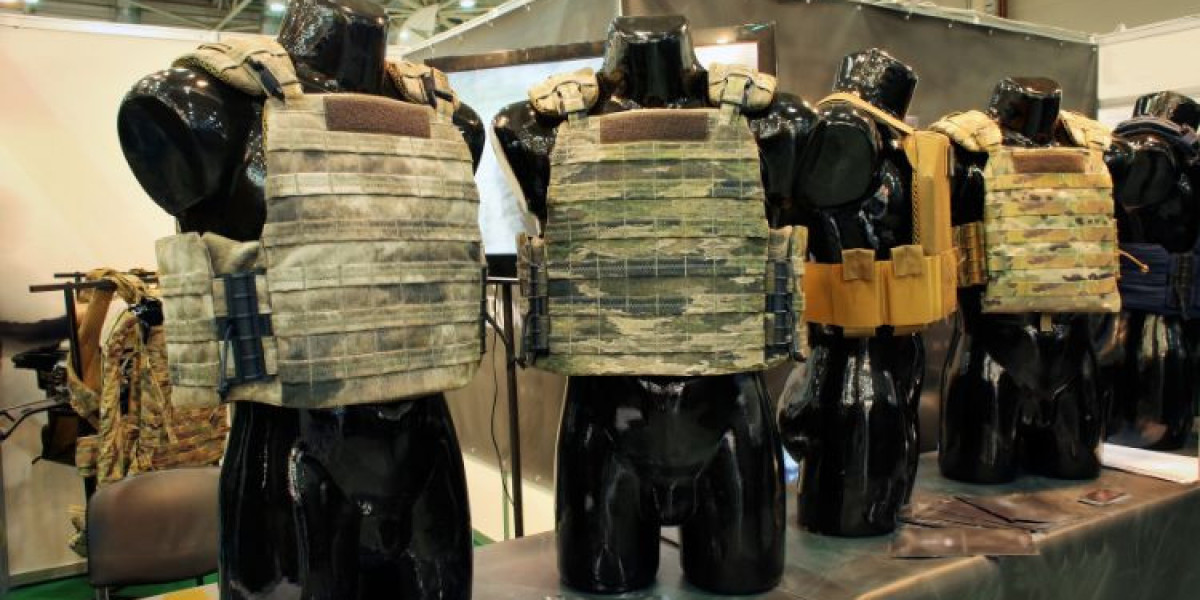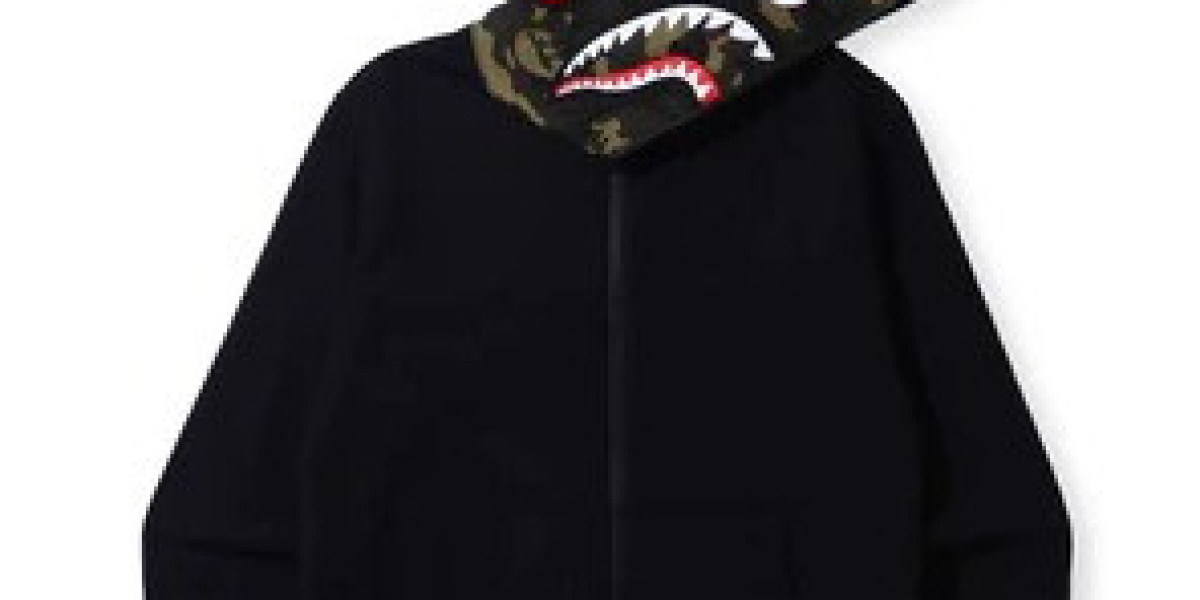The global bulletproof vest market size had a value of about USD 2.21 billion in 2023. The industry is further expected to grow at a CAGR of about 6.3% in the forecast period of 2024-2032 to reach a value of around USD 3.82 billion by 2032. This significant growth reflects the increasing demand for personal protection equipment across various sectors. This blog post dives deep into the global bulletproof vest market, analyzing its current trends, applications, and future projections.
Market Analysis
A. Materials Used in Bulletproof Vests
The effectiveness of a bulletproof vest depends on the materials used in its construction. Here are some of the most common materials:
- Kevlar: This aramid fiber is renowned for its strength-to-weight ratio, making it lightweight and effective at stopping lower-caliber rounds.
- Ultra-High Molecular Weight Polyethylene (UHMWPE): This synthetic material offers excellent ballistic protection and is often used in conjunction with Kevlar for enhanced stopping power.
- Graphene: This relatively new material offers exceptional potential due to its incredible strength and flexibility. However, its high cost currently limits its widespread use in bulletproof vests.
B. Applications of Bulletproof Vests
Bulletproof vests have two main applications:
- Overt: These vests are designed for visible wear and are typically bulkier to offer higher protection levels. They are commonly used by military personnel and law enforcement officers.
- Covert: These vests are thinner and lighter, allowing for concealed wear under clothing. They are often used by security guards, private investigators, and civilians in high-risk situations.
C. Protection Levels Offered by Bulletproof vests
Bulletproof vests are rated according to the level of protection they offer, based on the types of ammunition they can stop. Here's a breakdown of some common levels:
- Level I: These vests can stop low-velocity handgun rounds like a .22 caliber.
- Level II: These vests offer protection against common handgun rounds like a 9mm.
- Level III: These vests can stop rifle rounds up to certain calibers.
- Level IV: These are the most protective vests, designed to stop armor-piercing rounds.
D. Types of Bulletproof Vests
There are two main types of bulletproof vests:
- Flexible Ballistic: These vests are constructed from soft materials like Kevlar and UHMWPE. They are lightweight and comfortable but may not offer the same level of protection as hard armor.
- Hard Armor Plate: These vests incorporate rigid ballistic plates made from ceramic or metal alloys. They offer superior protection against high-powered rifle rounds but are heavier and bulkier.
E. End Users of Bulletproof Vests
The primary end users of bulletproof vests include:
- Law Enforcement: Police officers, SWAT teams, and other law enforcement personnel rely on bulletproof vests for protection during operations.
- Military: Soldiers wear vests as standard equipment in combat zones to shield themselves from gunfire.
- Security Guards: Private security guards working in high-risk environments often wear bulletproof vests for personal safety.
- Civilians: In some countries, civilians can purchase bulletproof vests for self-defense, particularly in areas with high crime rates.
Regional Analysis
A. Major Markets and Emerging Regions
The global bulletproof vest market is currently dominated by North America, driven by high investments in law enforcement and military equipment by the US government. However, other regions like Asia Pacific and Europe are expected to witness significant growth due to factors like:
- Increasing awareness of personal safety in developing economies.
- Rise in regional security threats and conflicts.
- Growing private security sector in these regions.
B. Factors Influencing Market Dynamics in Different Regions
The market dynamics for bulletproof vests vary across regions based on several factors:
- Government Regulations: Regulations surrounding the sale and ownership of bulletproof vests can significantly impact market size. Some countries have strict restrictions, while others allow for civilian purchases.
- Economic Conditions: Economic prosperity in a region can influence government spending on law enforcement and military equipment, impacting the demand for bulletproof vests.
Competitive Landscape
A. Major Players in the Global Bulletproof Vest Market
The global bulletproof vest market is a competitive landscape with several established players and emerging companies. Some of the key players include:
- Point Blank Body Armor (US)
- Second Chance Body Armor (US)
- Armor Express (US)
- Safariland (US)
- Hösl GmbH (Germany)
- Orr Safety Products (UK)
B. Strategies Adopted by Key Players
Key players in the market employ various strategies to gain a competitive edge. These include:
- Product Innovation: Companies are constantly researching and developing new materials and technologies to create lighter, more comfortable, and more effective bulletproof vests.
- Expansion into New Markets: Leading manufacturers are focusing on expanding their reach into emerging markets with high growth potential.
Future Projections (2024-2032)
A. Growth Prospects for the Bulletproof Vest Market
The global bulletproof vest market is projected to experience steady growth over the next decade due to several factors:
- Rising Global Security Concerns: The increasing incidence of terrorism, mass shootings, and violent crime will likely drive demand for bulletproof vests from law enforcement, military, and even civilians.
- Technological Advancements: Developments in material science and manufacturing techniques will lead to the creation of lighter, more comfortable, and more affordable bulletproof vests, expanding their potential customer base.
B. Emerging Trends and Opportunities
Several trends are expected to shape the future of the bulletproof vest market:
- Customization: The demand for custom-designed bulletproof vests tailored to specific needs and body types is likely to increase.
- Integration of Technology: Bulletproof vests might be integrated with advanced technologies like GPS tracking and communication systems.



